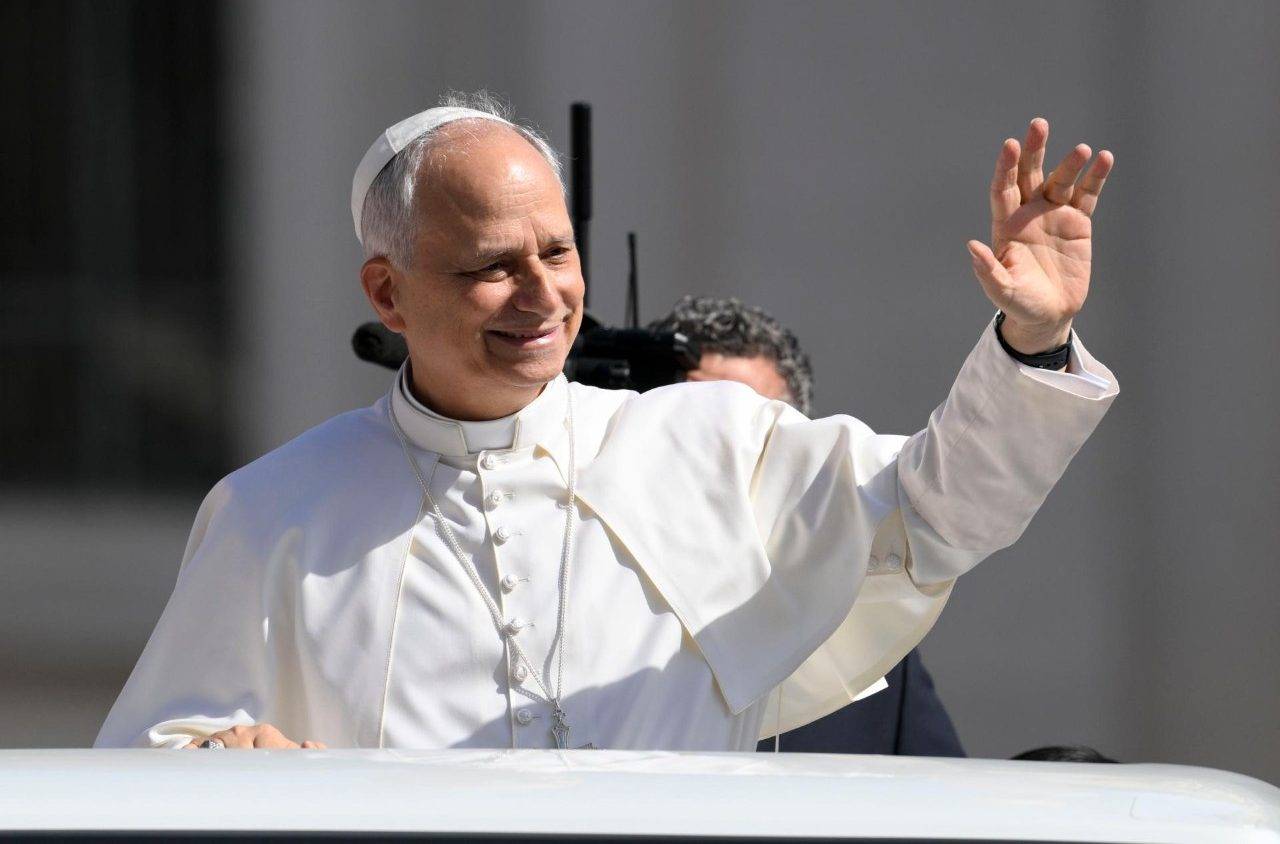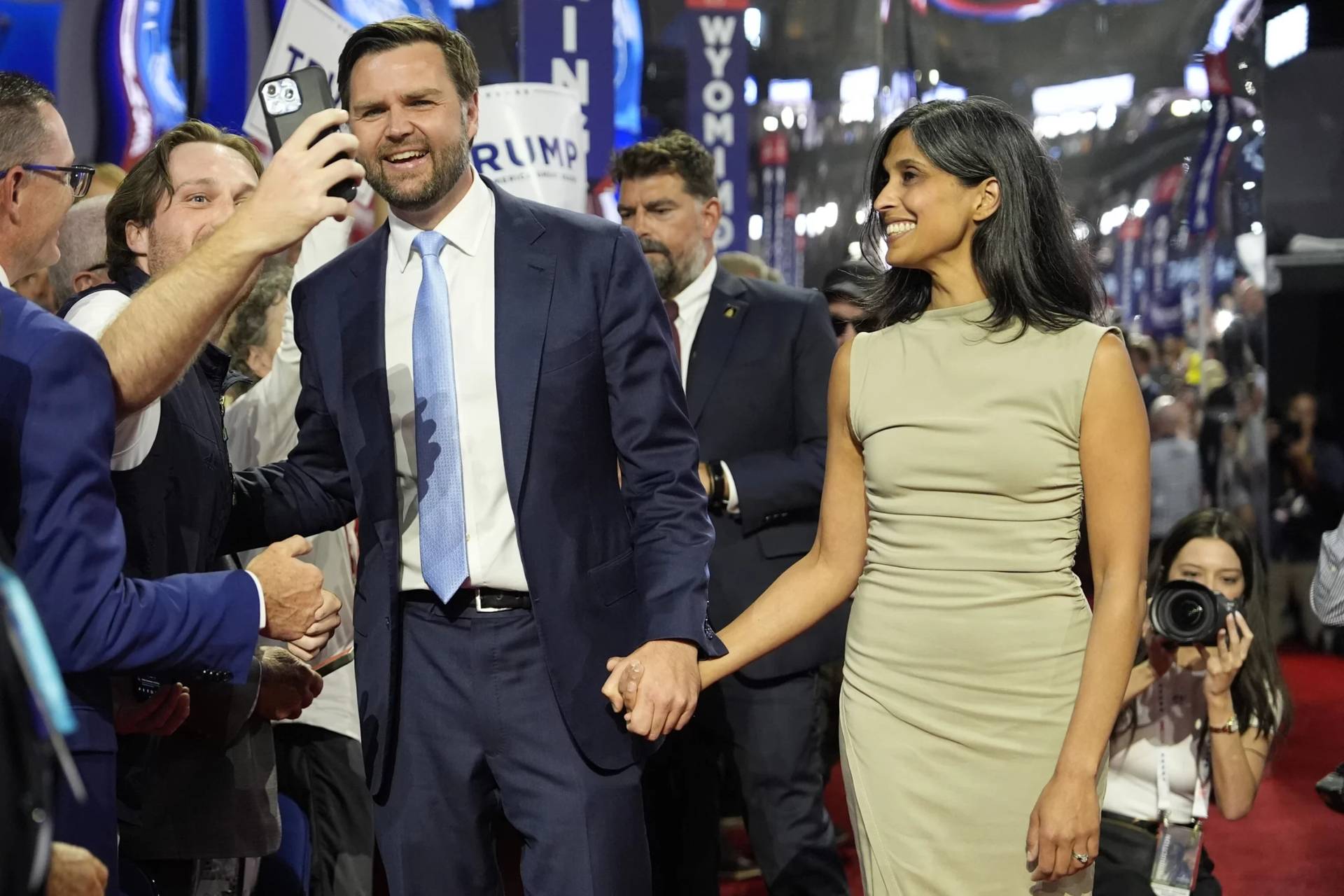When Pope Francis travels to Assisi next Tuesday to take part in a gathering of religious leaders to pray for peace, there will likely be two different reactions in various quarters, each of which risks missing the point.
For those unfamiliar with recent papal history, the gesture may well be seen as another maverick initiative by a break-the-mold pontiff, one already known for his unique style of outreach to constituencies long distant from the Catholic Church.
Those who do know the story of what happened under St. John Paul II and Benedict XVI, on the other hand, may be tempted to see the Sept. 20 event as ho-hum. After all, this gathering marks the 30th anniversary of John Paul’s historic 1986 inter-faith summit in Assisi, an initiative he repeated in 1993 and 2002, and one that Benedict also presided over in 2011.
In between, the Community of Sant’Egidio, a movement in Catholicism devoted to conflict resolution, ecumenism and inter-faith dialogue, has organized inter-faith assemblies “in the spirit of Assisi” every year, and is the prime mover behind next Tuesday’s event.
In other words, one could say that these gatherings by now have become routine.
As is often the case with quick takes, both of those reactions capture something real.
Certainly, Pope Francis brings his own unique style to encounters with leaders of other religions. It’s less focused on healing the wounds of the past, as with John Paul, or exploring theological convergences and differences, as with Benedict, and more on practical action in the here-and-now on shared humanitarian and social objectives.
Equally certainly, it’s true that inter-faith outreach has now become part of the job description for any pope, reflecting the teaching of the Second Vatican Council (1962-65) and the precedent set by John Paul II.
However, both the “Francis the maverick” and the “business as usual” takes ignore the most important point of all, which is this: What’s set to unfold in Assisi on Sept. 20 is another chapter in an ongoing revolution, both in the way Catholicism engages the world and in the role of the papacy.
Thirty years after the fact, it’s easy to forget just how innovative, and controversial, that 1986 inter-faith gathering under John Paul II really was.
The setting in Assisi rather than Rome was deliberate. Rome is the pope’s town, while Assisi belongs to St. Francis, a universally admired figure for his commitment to peace, dialogue and simplicity. It was a way of leveling the playing field, making it clear the pope came as a brother to other religions and not a commander-in-chief.
The group that day included rabbis wearing yarmulkes and Sikhs in turbans, Muslims praying on thick carpets and a Zoroastrian kindling a sacred fire. Robert Runcie, the Anglican Archbishop of Canterbury, exchanged pleasantries with the Dalai Lama. Orthodox bishops chatted with Alan Boesak, the South African anti-apartheid activist and president of the World Alliance of Reformed Churches.
After the different traditions finished their prayers, the spiritual leaders gathered at a Franciscan monastery for a meal of bread, pizza, vegetables, Coke, and water. (In a rare concession for Italians, no wine was served, so as not to offend believers for whom alcohol is off-limits.)
Blowback was immediate, and fierce. Some of it was fueled by urban legends, such as a rumor of animal sacrifice being carried out on the altar of a Catholic church, but much of the criticism was based on what actually happened.
Traditionalist followers of Archbishop Marcel Lefebvre distributed flyers denouncing John Paul as an apostate for allegedly putting Catholicism on the same level as other religions. Two years later, when Lefebvre went into schism, he said he was acting to protect Catholicism from the “spirit of Vatican II and the spirit of Assisi.” Fundamentalist U.S. Protestant Carl McIntire amplified Lefebvre by calling the Assisi gathering the “greatest single abomination in church history.”
Concerns were even voiced from within the pope’s own fold. Then-Cardinal Joseph Ratzinger, at the time the Vatican’s doctrinal czar, said in a 2003 book that it is “indisputable that the Assisi meetings, especially in 1986, were misinterpreted by many people.”
Despite all that, John Paul repeated the event twice. In 2002, Ratzinger took part and pronounced himself “very happy” with the result, and led such a gathering himself as pope.
Thus when Francis goes to Assisi on Tuesday, it confirms that the Church’s commitment to interfaith dialogue and harmony is irrevocable – something one could not have taken for granted even fifty years ago.
It also confirms a new role for the papacy, pioneered by John Paul II.
Recall that the 1986 summit in Assisi came while the cold war was still hot, so the idea of praying for peace wasn’t simply a pious gesture but one with real-world political significance. The 1993 gathering came amid wars in the Balkans, and the 2002 version unfolded in the aftermath of 9/11.
The idea was to respond to violence with gestures of friendship and peace, thereby illustrating that religion does not have to be a cause of conflict, but can also be key to resolving differences and promoting understanding.
In effect, it was a way of positioning the pope as the chairman and convener of religious moderates everywhere, offering a counter-narrative to perceptions of hostility and violence bred by religious differences.
In 2002, during John Paul’s final Assisi event, Rabbi Israel Singer, at the time the head of the World Jewish Congress, at one point departed from his prepared text, turned to the pontiff, and said, “Only you, John Paul II, could put this together,” and then offered the pontiff a smart salute.
When Francis heads to Assisi next Tuesday, he’ll thus be confirming anew a sea change in Catholic attitudes towards other religions, and an historic addition to the conception of what it means to be pope.
All that, one has to say, isn’t bad for a day’s work.

















